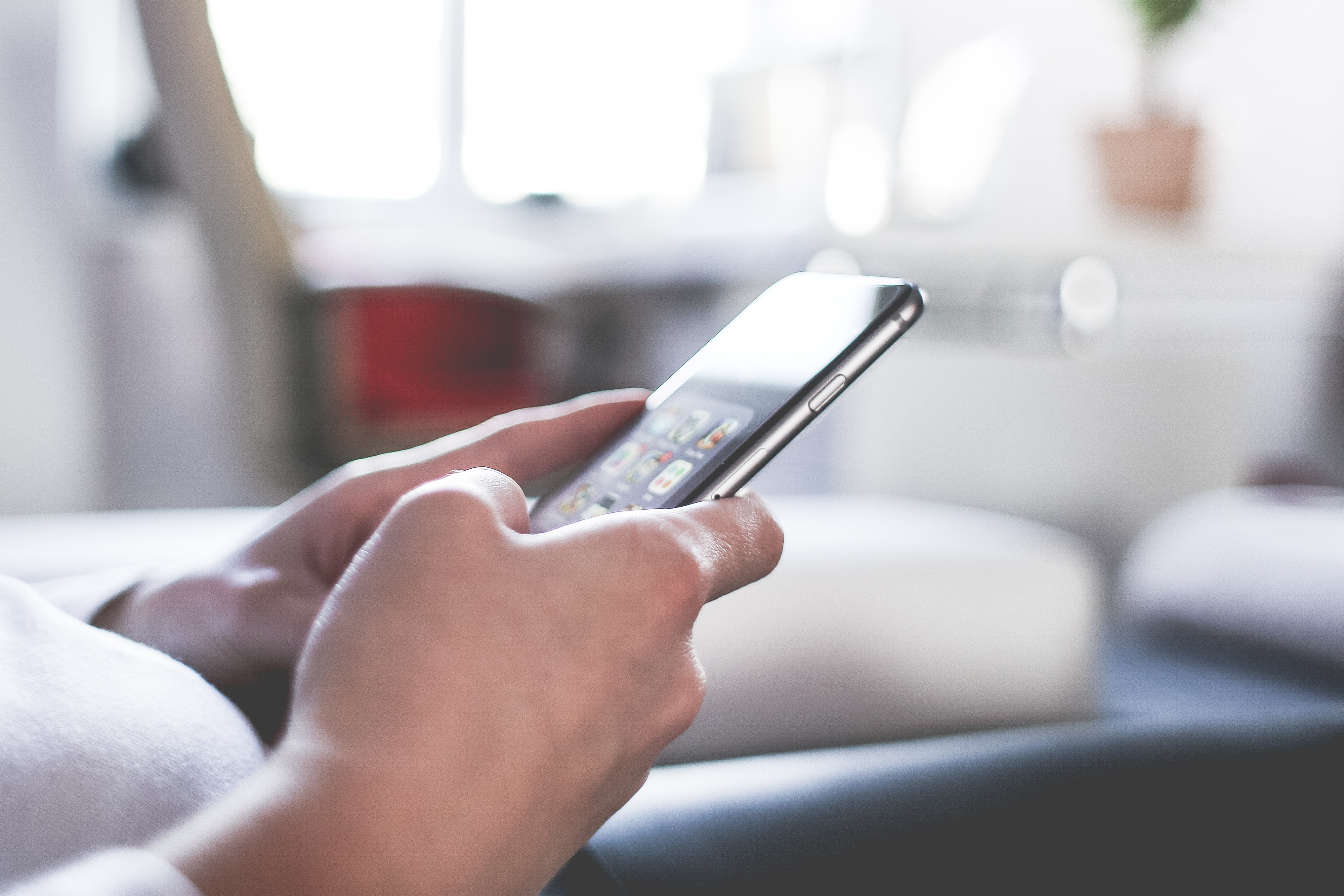Unsurprisingly, browsing the web from the desktop has now been overtaken by mobile usage, with 51.3% of web browsing occurring on a smartphone or tablet in 2016 (The Guardian). The explosion of mobile devices has led to this significant shift in how we access the internet and interact with the universe of web services. Mobile browsing is more convenient and allows access at any time, wherever we are.
Although being more convenient, mobile devices come with a number of security challenges over a desktop computer. A mobile phone can be taken anywhere so it is easier to misplace than a desktop computer. Hackers can more easily get physical access and the fact that mobile devices have multiple connection protocols such as Wifi, Bluetooth as well as cellular make them more vulnerable to remote attacks. As a matter of fact, in the first quarter of 2017, there was an increase of 253% in ransomware attacks on mobile phone (Kapersky Lab report).
Implementing security measures on desktop computers to provide protection from cyber attacks and malware is commonplace, but is your phone as secured? Here are five useful tips to help keep your mobile safe.
1. Set passwords and PINs
Setting a password or a Personal Identification Number (PIN) should be the first step to take to prevent malicious party to access your mobile. As a mobile phone can be easily lost or stolen, a PIN is a simple and effective security measure to prevent physical access. Users should also set their phones to lock automatically after a period of time when they are not using them.
Also, making sure you setup different passwords to access the different mobile services and apps on your phone (email, banking, instant messaging, social media, etc.) so that in the unfortunate instance that a password is uncovered by a hacker, there is at most one service or app that could be compromised rather than everything on your phone.
You should pay careful attention to which apps you download. The main advice here is to only download from trusted sources, i.e. from either the Apple Store for iOS or Google Play for Android. Some apps may have been modified and re-released by malicious parties, containing malware that once installed can siphon information or even take over your device. Be wary of excessive permission requirements, where they request access to much more than basic functionality, and can infringe upon users’ privacy. Certain apps may also perform tasks users are not aware of without requesting permission such as accessing the address book, inviting contacts to use a service, or use GPS location to send location-based attacks. Checking and understanding the apps’ permissions requirements is important and may help keep your data private and your mobile secure.
In parallel, regular or automatic acceptance of operating system updates reduces the chances of a breach as the phone’s security patches will also be kept up-to-date.
3. Be vigilant on open Wi-Fi networks
Deploying and operating internet infrastructure has a cost, so if this is provided to you for free (free Wi-Fi networks for example), very often it could be that the provider is monetizing in another way, for example by selling users data.
Also, be aware that the infrastructure owner of the free Wi-Fi as they can see the whole traffic, and may put your privacy at risk. Those free Wi-Fi networks are quite unsafe when you know that it is in fact not too difficult to connect and see what’s happening on other people’s screens (including passwords) using readily available software. Malicious parties can even lay traps with phishing web links which then ask you to enter account or login information.
In the same way antiviruses are common protection for laptop or desktop computers, installing one on your mobile is a good thing to do. However, antivirus software on mobile have downsides to be aware of: they may require full access to all user data on a device to work, they may use a lot of your phone’s battery running in the background of the mobile, and they may not be 100% effective and only detect some of the threats.
5. Understand the differences between iOS and Android
Android and iOS are the main mobile operating systems (OS), together accounting for more than 99% of smartphones sales. The OS model is more open in Android and said to be slightly more vulnerable to cyber threats with users being able to download apps coming from third-parties. Apple iOS, on the other end does not give access to users’ location and contacts info to apps. But one can argue that Android’s open source mindset allows new vulnerabilities to be identified and fixed very rapidly.
The other difference is the way the OS are deployed and updated. Android has a fragmented operating system with numerous versions of the OS in use at any time on different devices and type of phones. Consequently, updates are not automatic for every version, leading to security vulnerabilities that need to be patched across numerous OS versions and devices. On the contrary, Apple strictly controls the device infrastructure of the iPhone leading to security vulnerabilities fixed in a hierarchical way. This , however, can take longer to manage than on Android.
Digital Security Perfected – APrivacy Ltd. is an award-winning company which combines military-grade data security with a seamless user experience on any platform, any device, anywhere. APrivacy Ltd.’s enabling technology now allows the financial services industry to confidently communicate with clients using their favourite channels leading to increased revenues and reduced costs while meeting the strictest regulatory requirements.


